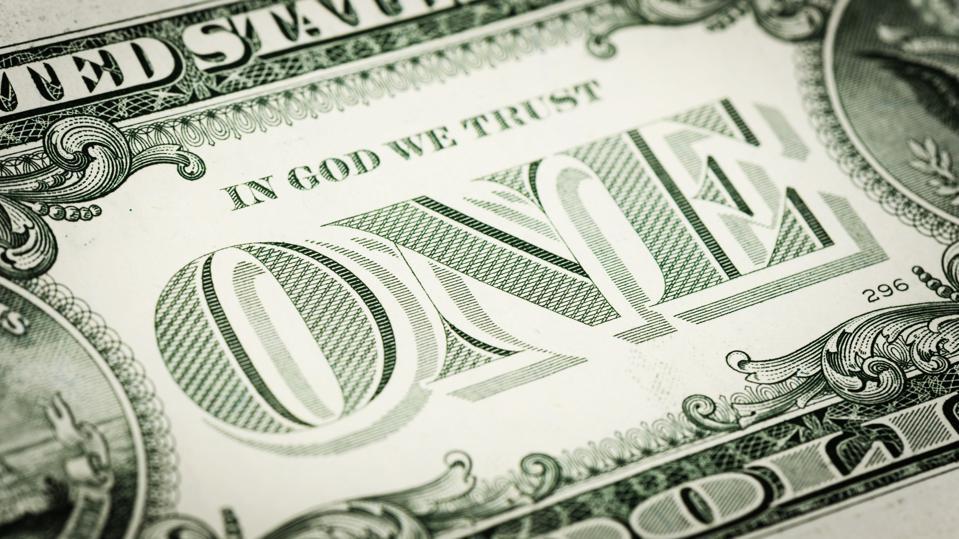
In a day of tensions in the domestic market, the Brazilian real was not in step with the international scenario and lost value against the US dollar, which approached R$5.40.
The Brazilian stock market (B3) fell for the third day in a row and reversed last week’s gains.
The trading dollar closed on Wednesday, October 26, at R$5.382, up R$0.065 (+1.22%).
The quote opened lower, falling to R$5.29 in the first hour of trading, but reversed the move and started to rise, closing at the high of the day.

The US currency is at its highest level since September 30, the last business day before the first round of the presidential election.
With today’s performance, the dollar accumulated a decline of only 0.22% in the month of October. This week alone, the coin has risen by 4.52%.
INSTABILITY
In the stock market, the day was also marked by volatility. The Ibovespa index, from B3, closed at 112764 points, with a decrease of 1.62%.
The index was down throughout the session, driven by shares of state-owned companies, retailers and banks. The stock market accumulated a loss of nearly 6% for the week.
Tensions related to the election campaign dominated the market again.
The dollar fell against major currencies on expectations that the US economy has finally slowed.
It reduces pressure on the Federal Reserve (Fed) to raise interest rates higher than expected.
Higher rates in advanced economies stimulate capital flight from developing countries such as Brazil.
Lower-than-expected increases help conserve foreign resources, reducing pressure on the stock market and exchange rate.
However, the Brazilian financial market traditionally faces volatility in the days before elections.
Brazilian investors were also awaiting the meeting of the Monetary Policy Committee (Copom), which kept the Selic rate (the economy’s base interest rate) at 13.75% per annum.
At its highest level since 2017, Selic has helped curb foreign capital flight.
With information from Reuters



